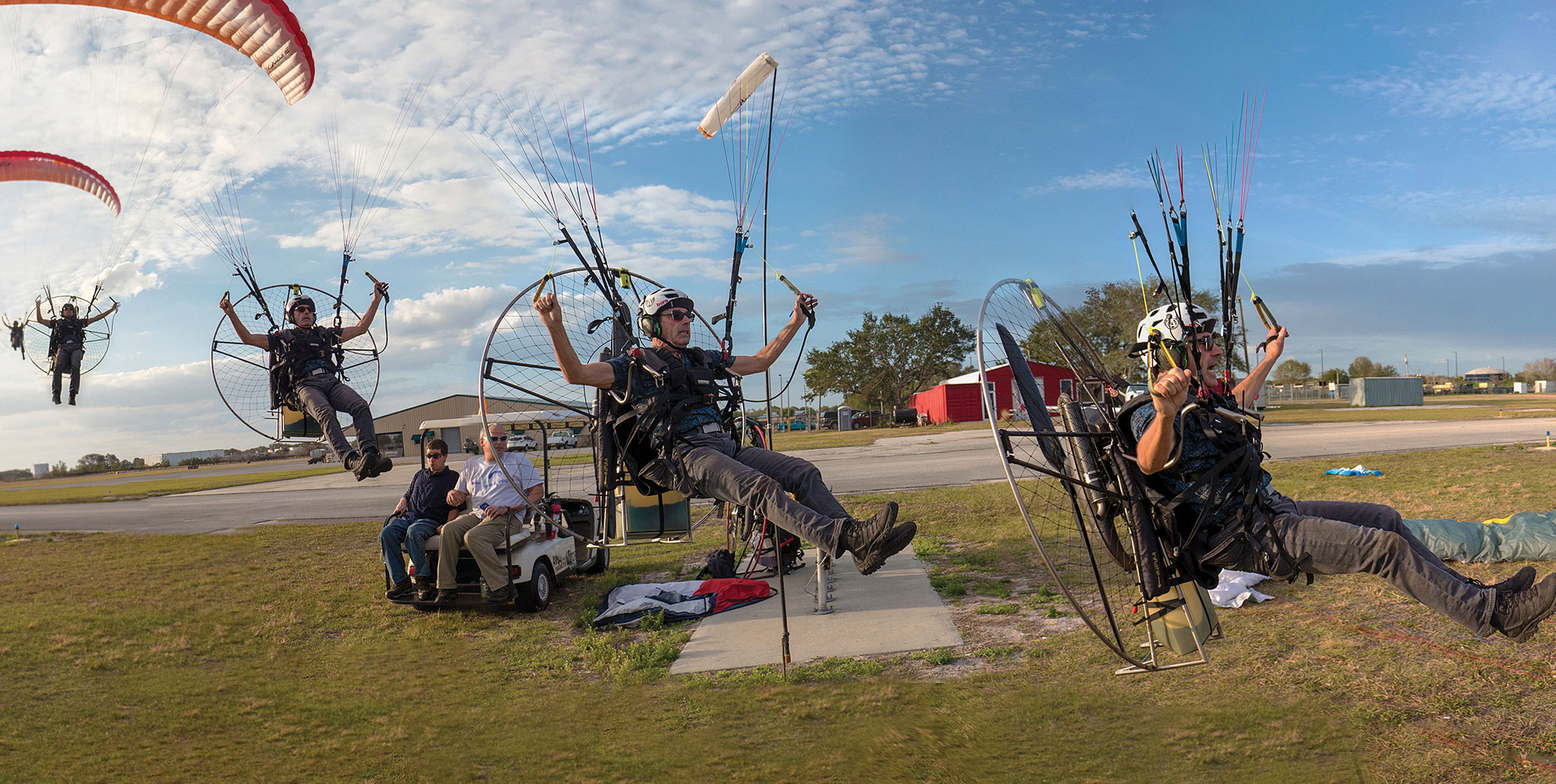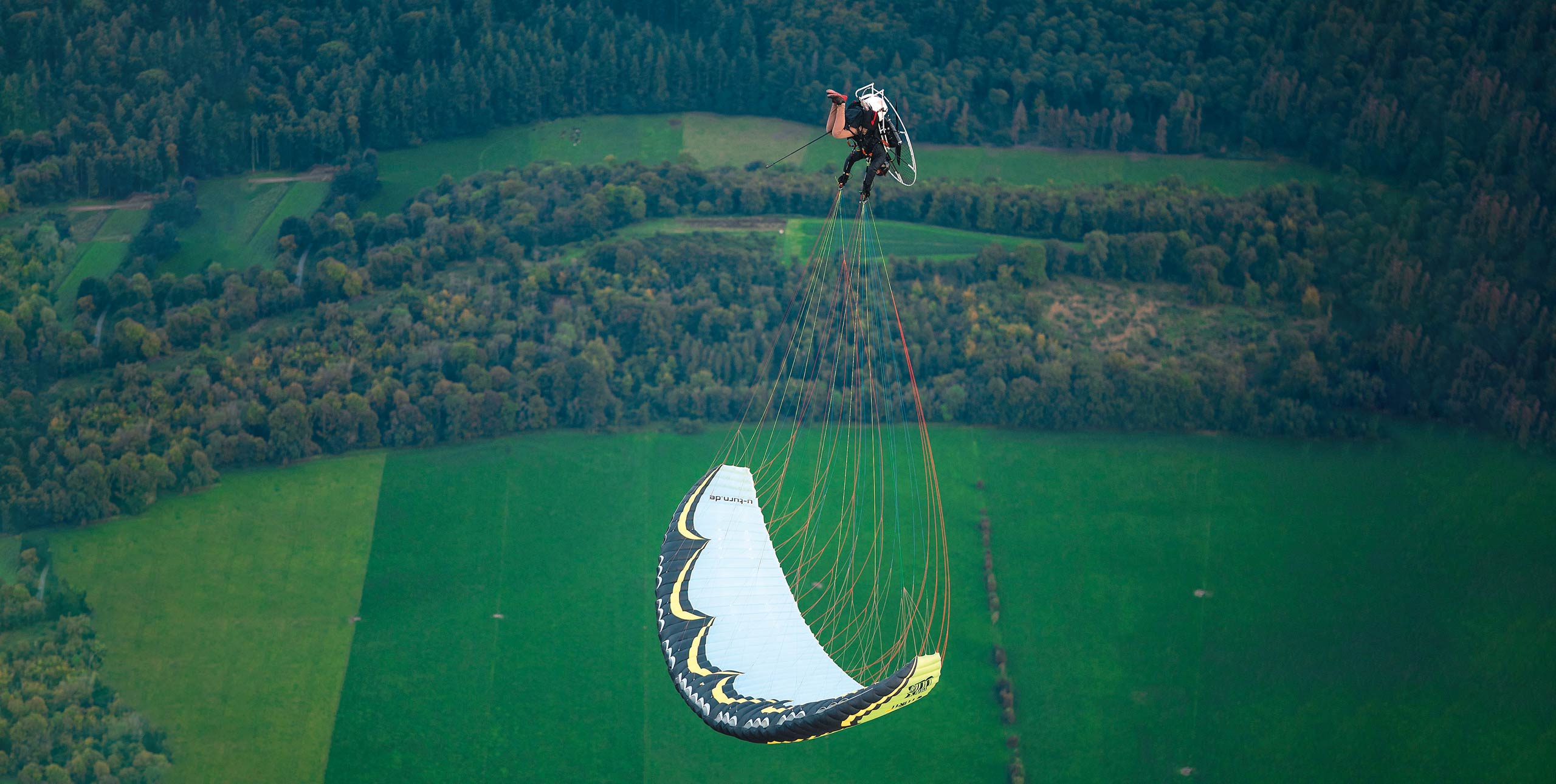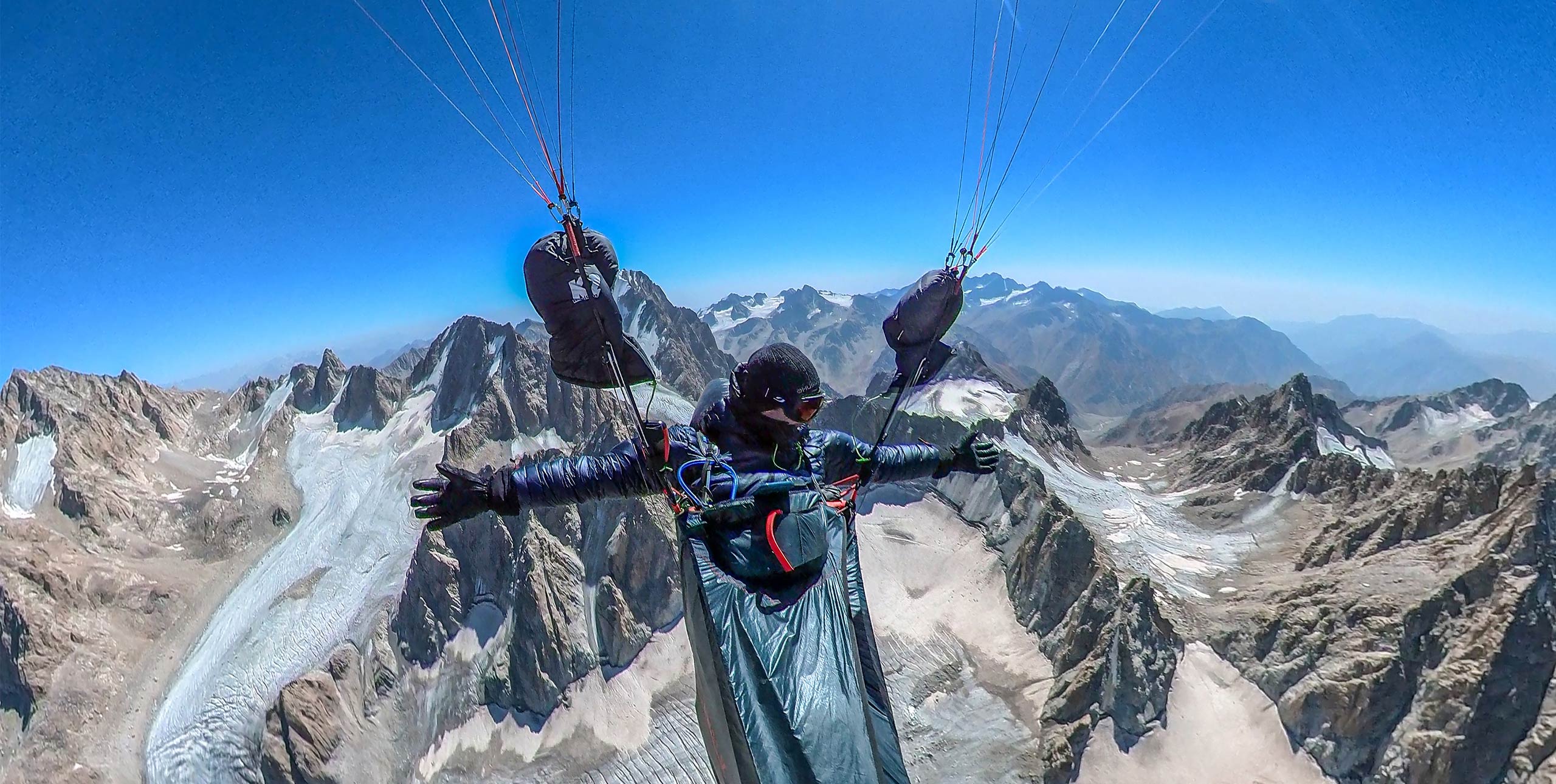
Paramotor pilot Jeff Goin looks at the phenomenon of target fixation and asks is it real, and if so, why does it happen?
When I got into paramotoring, I was reintroduced to “target fixation”, a term I’d heard before but hadn’t experienced, even in my other flying. So is it real?
For those who have never seen it, or experienced the urge to fly towards something they want to miss, it’s hard to imagine. There’s a tree in the middle of the field – of course I’m not going to hit it! And usually you don’t. But that’s like many accidents where, for no obvious reason, control or situational awareness is lost by someone who typically holds a firm grip on reality.
Many years ago I was paramotoring with friends at a large school in Florida, the Fly-By Ranch (now closed). It was on a huge field that was perfect for training, save one blemish. Right there in the middle of 100 acres of nicely manicured grass was the best shade tree a teacher of foot-flight could want. It was huge, unmistakable, it would have made a top 10 list of Earth’s easiest obstructions to miss.
Of course you know where this is going.

What happened
While still a kilometre out, on my way back, a strange glimmer of light appeared in that tree and, sure enough, it was fully embracing someone’s paraglider and trike. The pilot was fine, and after much effort, all was returned safely to welcoming grass. Turns out a newish pilot, not under instruction anymore, launched well away from the tree, but loosely towards it. In spite of having plenty of airborne time to go around it in either direction, he wound up hitting it square-on.
Just last month, while standing in a group of pilots around one of the airfield’s few obstructions, there emerged a faint, but distinctly frantic, “Look out!” from the sky. We turned around and there he was – still a good 50m out and with plenty of time to steer left or right around us. But nope, he was headed right at us, looking – looking intently – in our direction without a hint of effort to steer away.
Since I was there to gather images for an upcoming book I had my camera. There was enough time to bring it up, turn it on and start snapping pictures in full resolution. The first shot was taken after the student hollered, and after I brought the camera up and turned it on – so he was still quite far away with plenty of room to manoeuvre. Had he given even a small correction from that distance there wouldn’t be an issue.
Nope. You can see where it went. Fortunately, he kept his wits, flared nicely and landed on his feet while brushing by one crouching pilot and a parked car, neither of which were damaged. I wasn’t quite in the line of flyer, so I just kept snapping away with my thankfully wide-angle lens.
How to avoid it
I think it’s safe to say that target fixation is a real thing. In fact, there’s never been any real doubt since it was first noticed in WWII. Fighter pilots would, very rarely, get so fixated on their targets that they either flew into them or nearly did. But anyone who has never experienced the phenomenon can’t be blamed for some doubt.
Why does it happen? How can someone hit what they’re trying to avoid?
A small part of it may be that we are making very small steering inputs in the direction we’re looking even without knowing it. But mostly it’s probably because we’re no longer focused on what we do best: steering towards a point. That simple act has been the crux of locomotion since we first toddled towards hazardous destinations in Mum and Dad’s living room. Find a target, adjust course so it stays put and keep moving towards it.
So what’s to learn? Simple. Look where you want to go.
Of course we’ve heard this from early training, but it can apparently be hard to do, or hard not to look at what we’re trying to miss because it’s not just new pilots who fall prey to the problem. It’s hard to not look at that forbidden thing to make sure we’re going to miss it.
Choose targets as places you want to go and keep that cool-pilot skill engaged until reaching them. If something comes into play that is obviously not suitable, find a safe place and plant your gaze there. May all your targets be soft and smooth.
Jeff Goin is author of the Powered Paragliding Bible. He is a commercial airline pilot and lives in Florida











